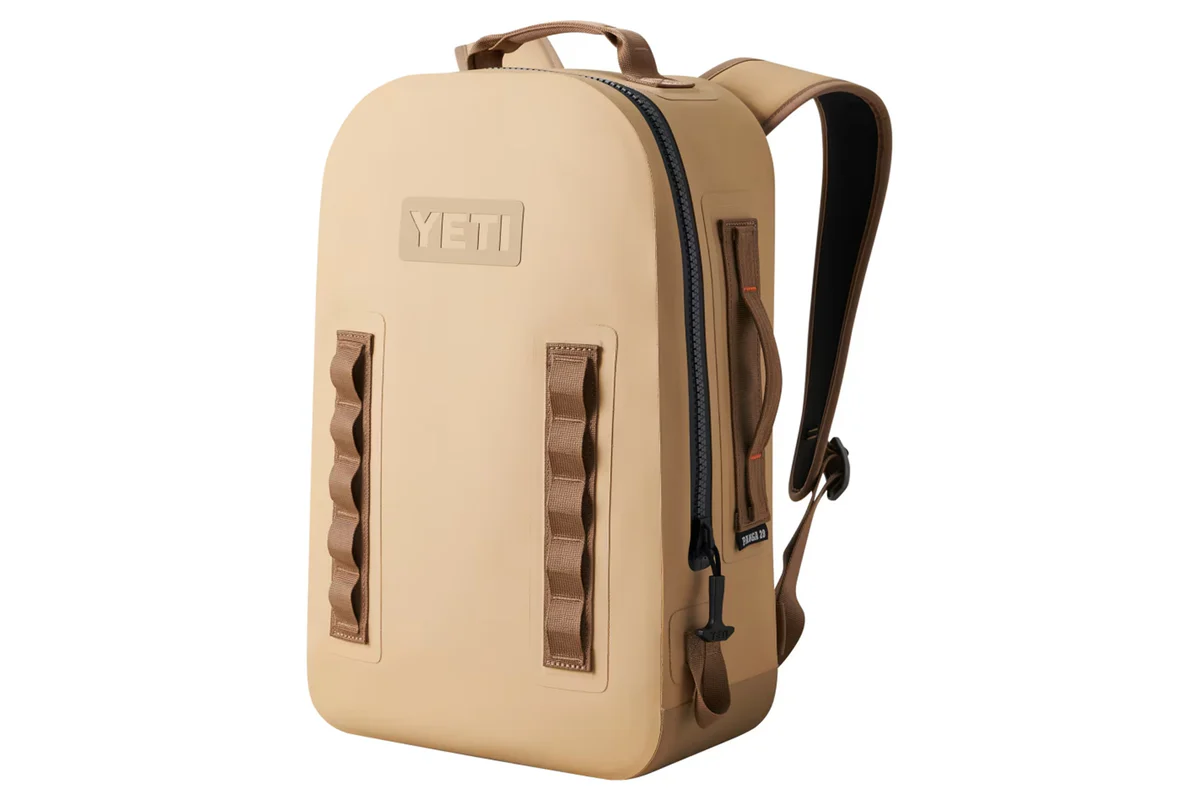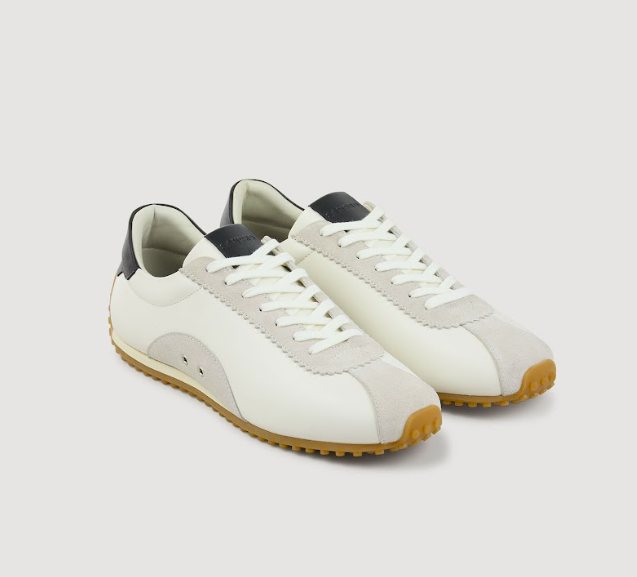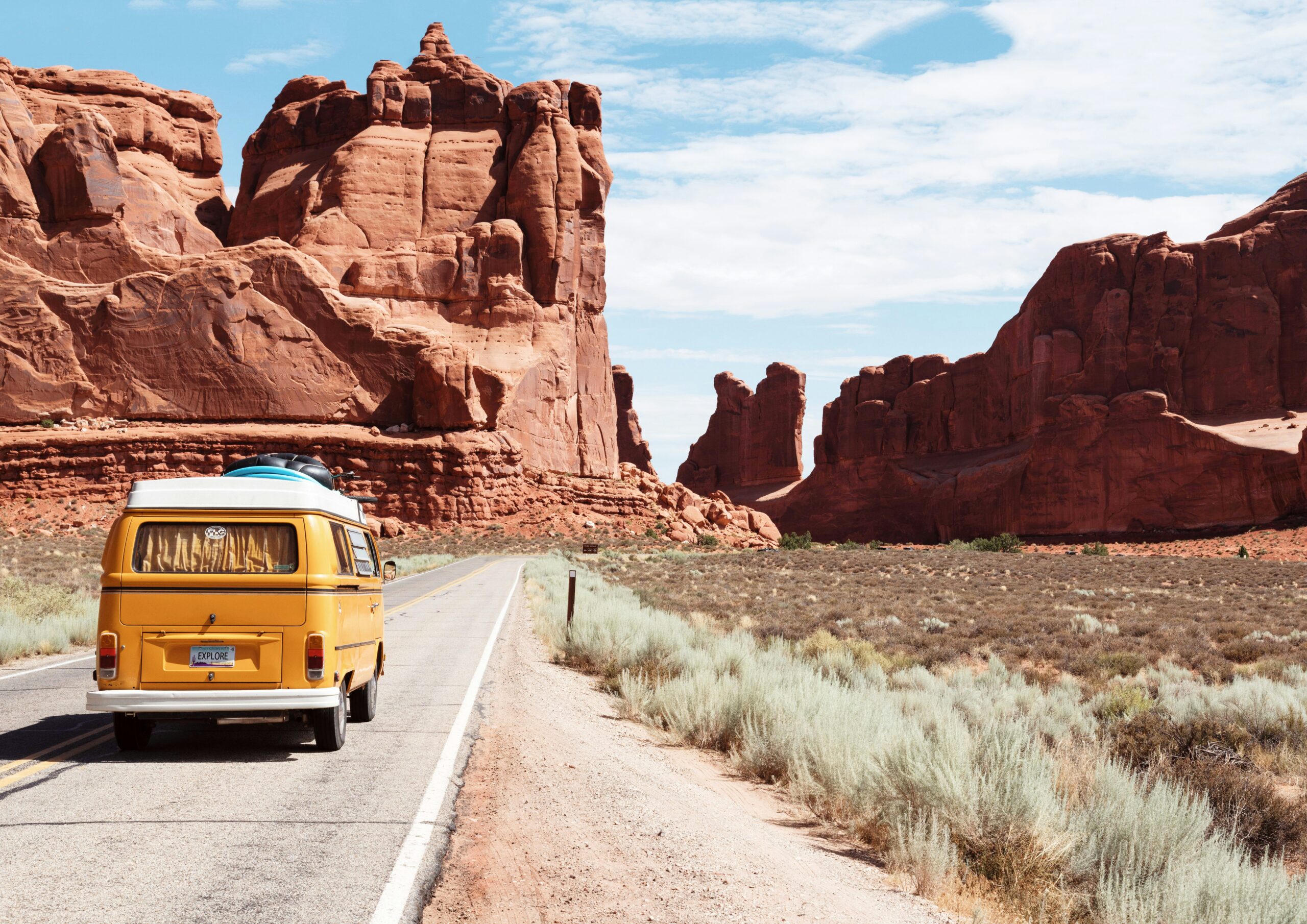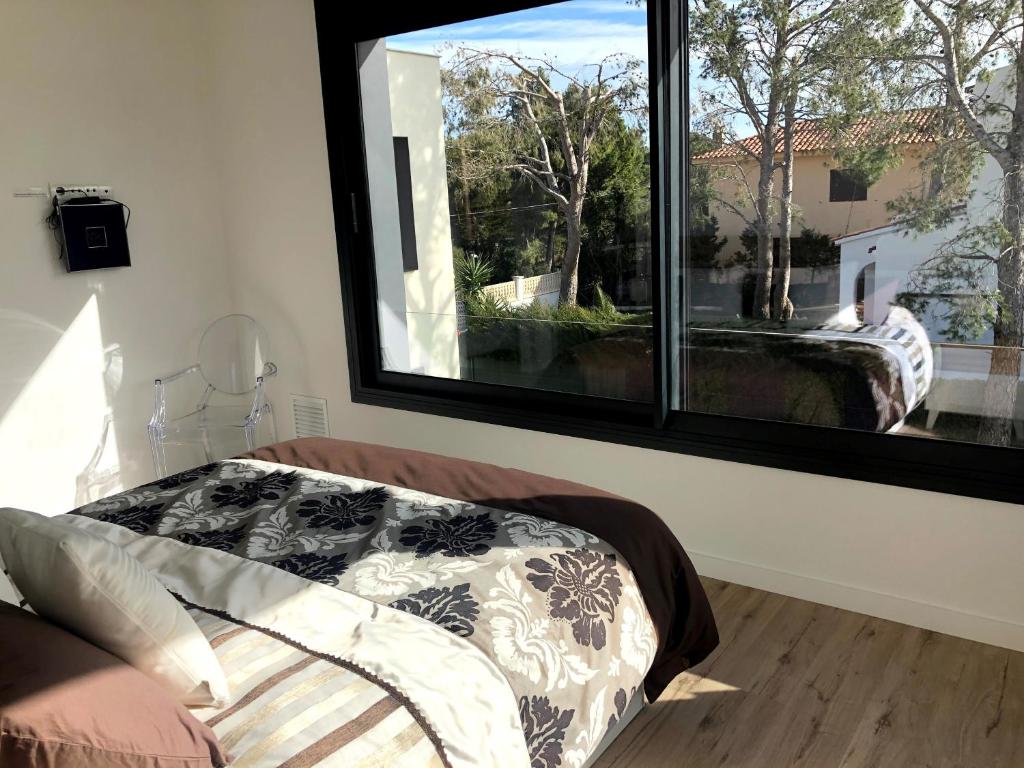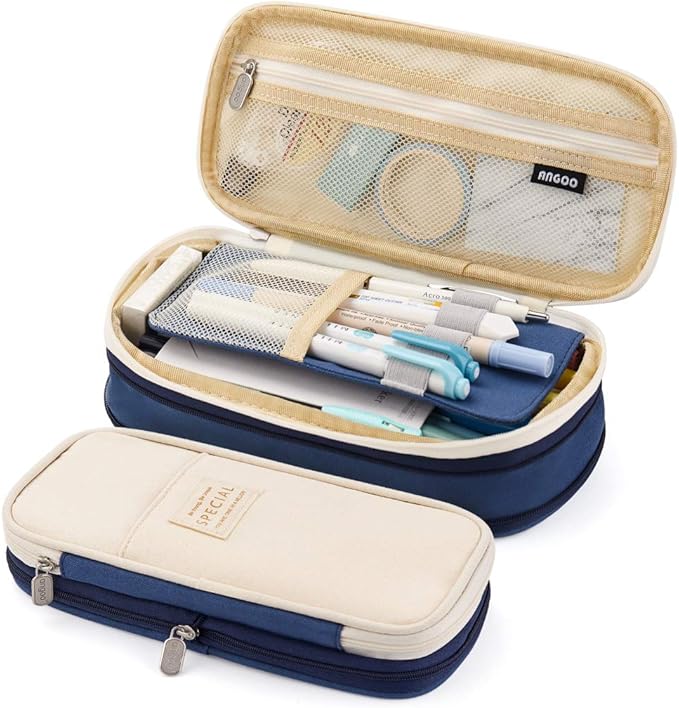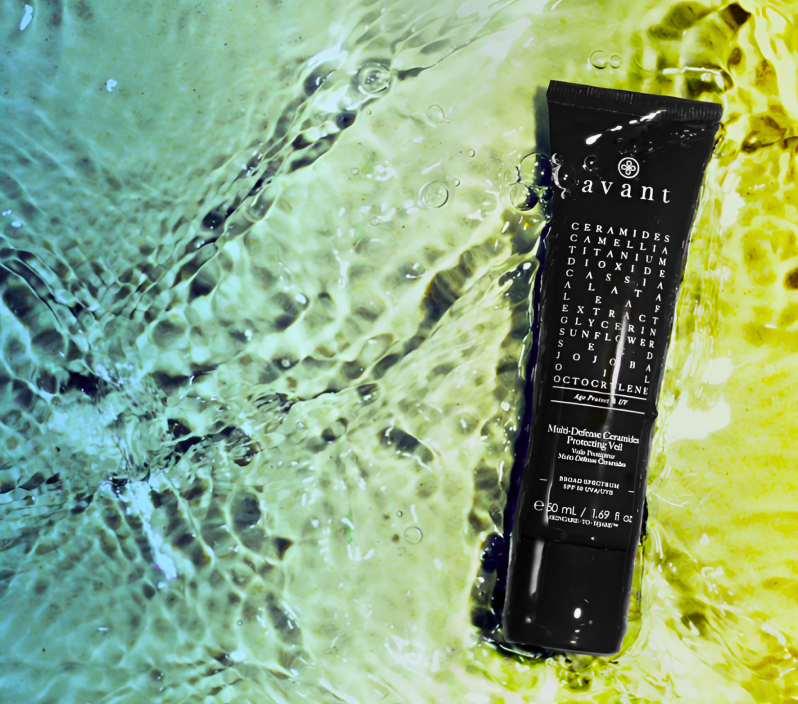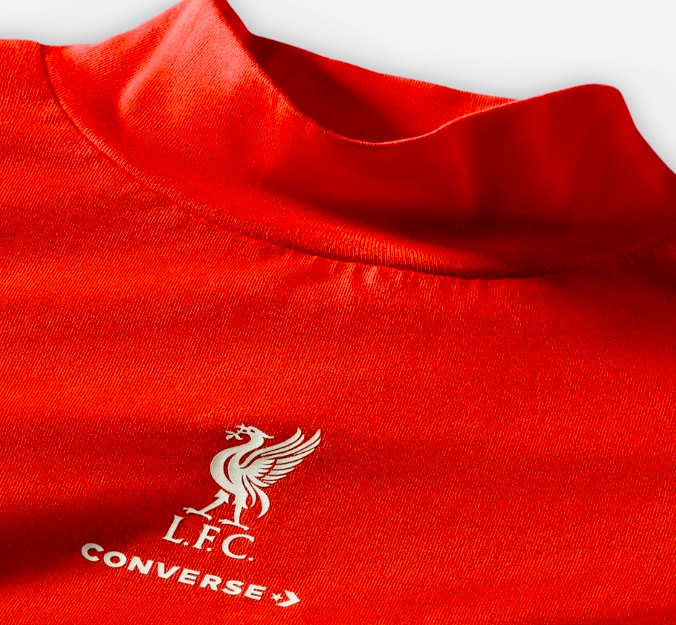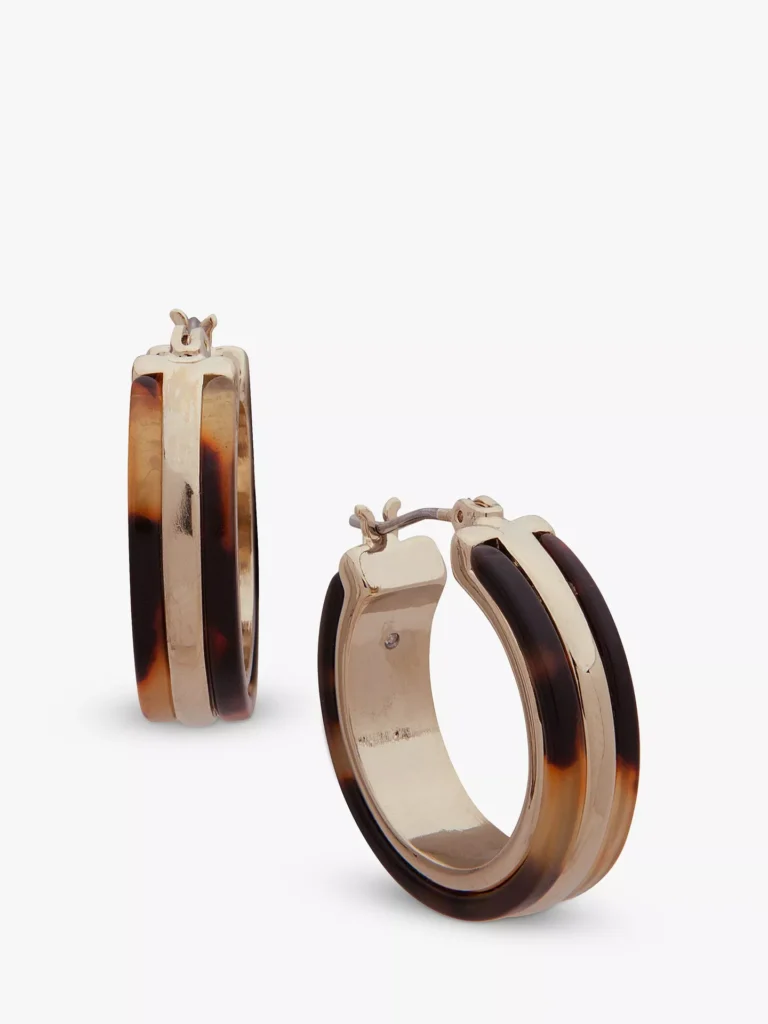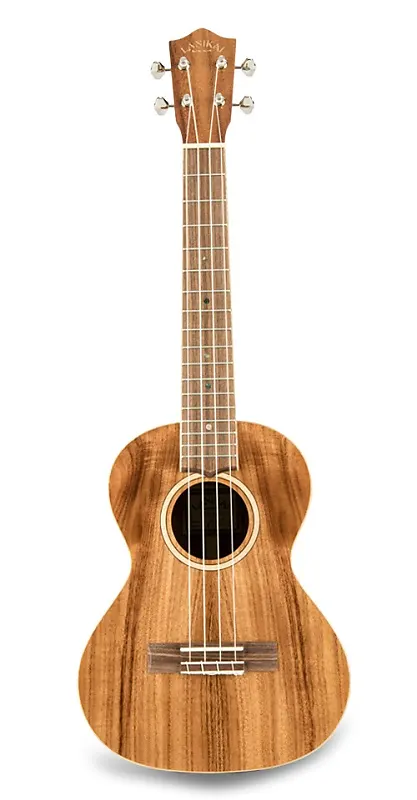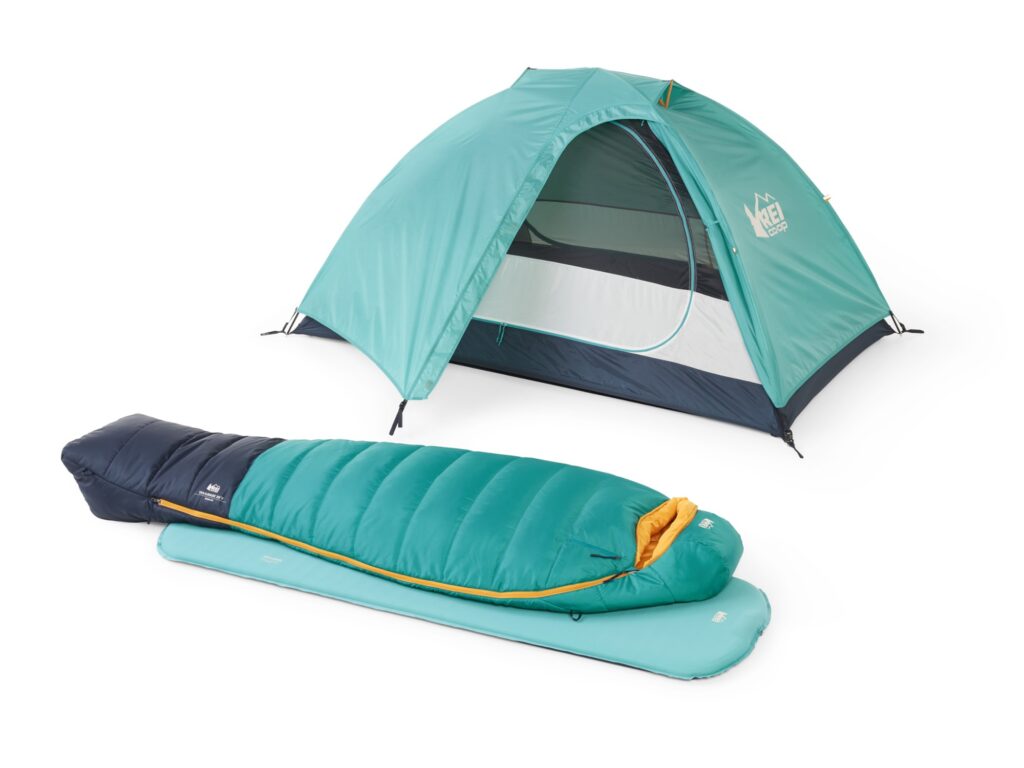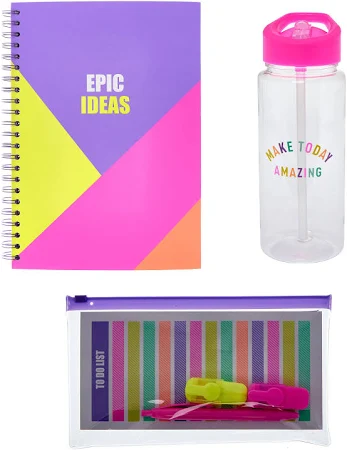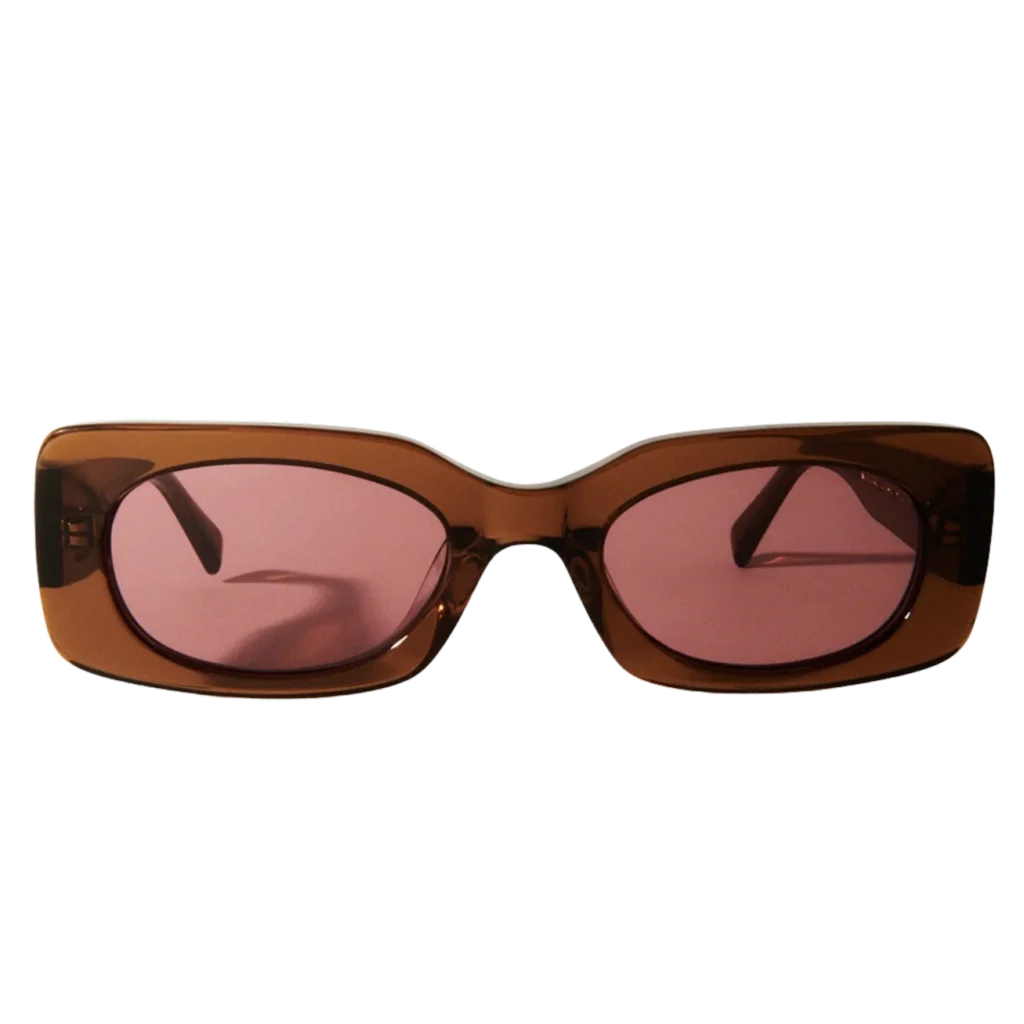If you’ve ever opened a “waterproof” backpack after a squall and found damp socks and a sulking phone, you know the difference between marketing and reality. In this article, we’ll break down how a truly waterproof carry system should work — from materials and zippers to comfort and packing — using the Yeti Panga 28L Submersible Backpack as a field-ready example for river runs, stormy commutes, and anywhere the forecast says “bring a sense of humour.”
Shop Yeti Panga 28L Submersible Backpack
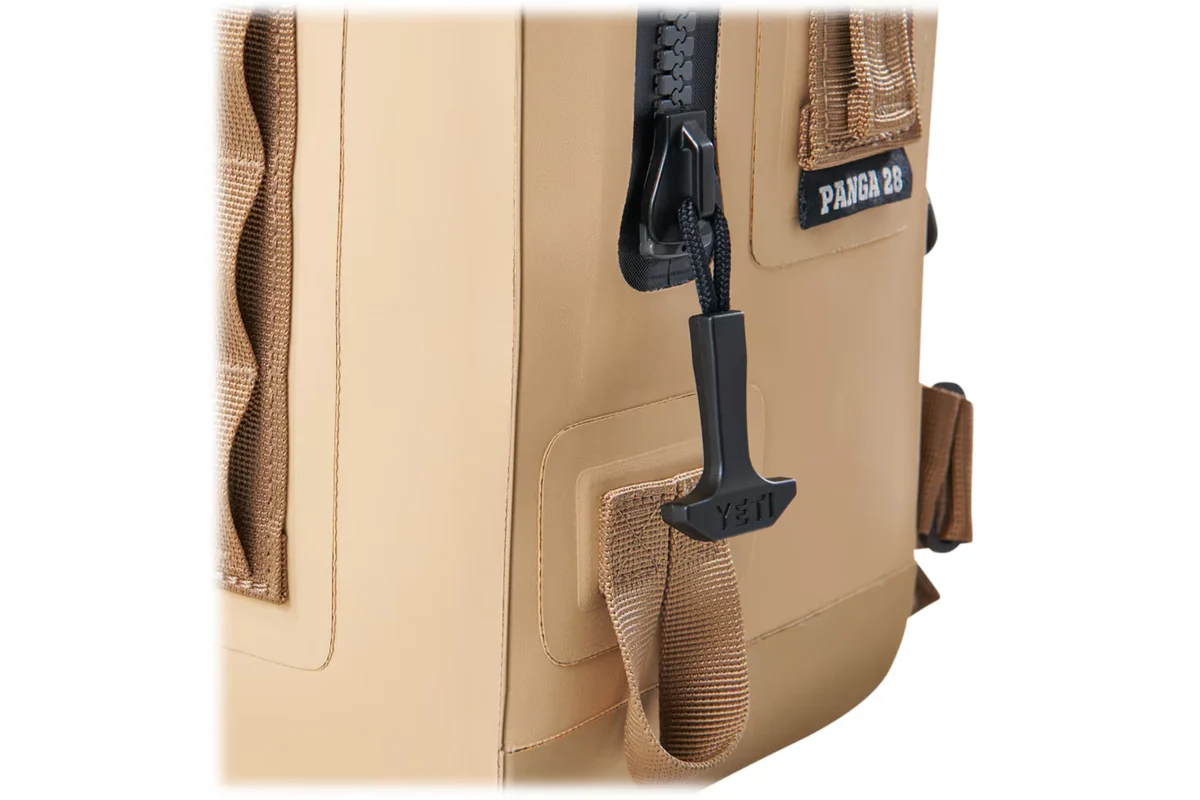
Submersible vs. “Water-Resistant”: Why It Matters in the Real World
Most packs handle drizzle; some brave downpours. “Submersible” is another league: the design assumes full dunking — think river crossings, boat spray, canyon pools, or a surprise ride in a skiff’s footwell. The Yeti Panga 28L Submersible Backpack is built for that scenario with a fully waterproof main compartment that seals shut via a toothy, pressure-resistant zipper. When your bag can nap in a puddle and your gear still comes out dry, you stop babying it and start focusing on the line you’re paddling or the bus you’re chasing.
Materials That Shrug Off Abuse (and Years)
A waterproof claim is nothing if the shell tears at the first stone. The Yeti Panga 28L Submersible Backpack uses a dense, high-tenacity nylon backbone that’s TPU-laminated into a thick, rubberised skin. That combo resists abrasion from grit, anchors, and dock edges without sacrificing structure. Seams are heat-bonded, not just stitched, and the panels are generous enough that you don’t have a patchwork of weak points. Translation: toss it on gravel, drag it from kayak to car, and expect the same seal trip after trip.
Shop Yeti Panga 28L Submersible Backpack
The Zipper Is the Whole Story
“Dry” lives and dies at the closure. Roll-tops are simple, but they can creep open if you mis-roll under pressure or throw the bag down awkwardly. The Yeti Panga 28L Submersible Backpack relies on a chunky, locking Hydrolok-style zipper that bites shut along the full track. It’s stiffer than a fashion zip (by design), but once closed it behaves like a gasketed hatch. A wide zip garage at the end gives you that last click of certainty. Pro tip: a fingertip smear of zipper lubricant now and then keeps the action smooth and extends the seal’s life.
28 Litres, Done Right
Twenty-eight litres sounds modest until you use the volume efficiently. The Panga’s rectangular cavity means you can stack packing cubes like bricks instead of shoving a sausage into a tube. Practical carry for a day on the water or a storm-proof commute looks like this:
- Base: compact shoe/sandal bag or a rolled puffy (also acts as impact buffer).
- Middle: one medium cube (clothes) + one small cube (socks/underwear or fishing tackle).
- Side lane: a flat pouch with cables, headlamp, and power bank.
- Top: rain jacket or fleece for rapid grabs.
- Lid zone (inside sleeve/mesh): wallet, passport, keys — the things you do not want free-floating.
When everything has a lane, you spend less time rummaging and more time moving.
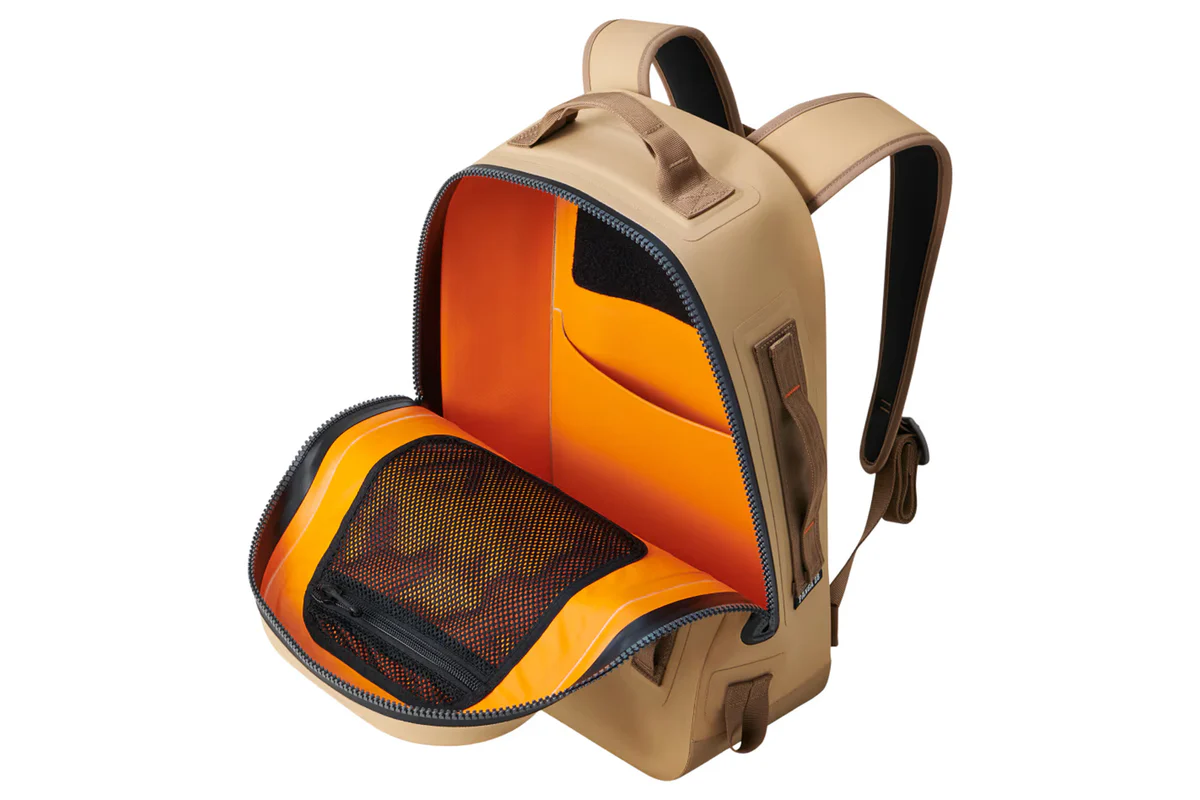
Carry Comfort: Built Like a Boat Bag, Wears Like a Backpack
Dry bags can feel like carrying a barrel. The Yeti Panga 28L Submersible Backpack fixes that with DryHaul™ shoulder straps that are broad, lightly padded, and anchored into the body with serious bartacks. The back panel is smooth and slightly cushioned so the pack sits flat against your spine. A removable sternum strap and hip belt tame the load when you’re scrabbling down slick river stones or weaving through a train crowd with a week’s worth of weather in the forecast.
Shop Yeti Panga 28L Submersible Backpack
Lash Points and External Rigging (That Don’t Compromise the Seal)
You’ll find QuickGrab™ lash points around the bag — think tie-downs on a raft frame, deck lines on a SUP, or simply clipping a carabiner with wet sandals. The trick is rigging outside without poking holes in the waterproof story. The Panga’s anchors are integrated into reinforced panels; use short straps or bungees to keep add-ons tight and quiet so they don’t slap on the hull or swing into your calves on portages.
How to Pack for Wet Worlds (Boats, Banks, and Downpours)
A submersible pack changes how you think about risk. Here’s a simple blueprint:
- Redundancy where it counts: phone + backup battery go in a slim phone dry case inside the pack. Double security for your lifelines.
- Colour-code cubes: “warm” (layers) vs. “camp” (cook, headlamp) vs. “work” (laptop sleeve for urban days). A fast visual check stops you opening the wrong thing mid-squall.
- Weight and balance: dense items ride high and close to your back so the bag doesn’t pendulum when you clamber or cast.
- Wet/dirty segregation: a tiny roll-top liner bag for soaked gloves or a muddy buff lives at the top so it never contaminates the main cavity.
Urban Reality: Why a River Bag Makes Sense in a City
Storm cycles are wilder, bike lanes spray, and pavements flood at kerbs. A submersible backpack might sound overkill until your laptop survives a sideways rain and a puddle-spray from a passing bus. The Yeti Panga 28L Submersible Backpack looks minimal enough to pass office muster, and the sealed main compartment means your meeting notes and spare shirt arrive crisp even when the forecast gets creative.
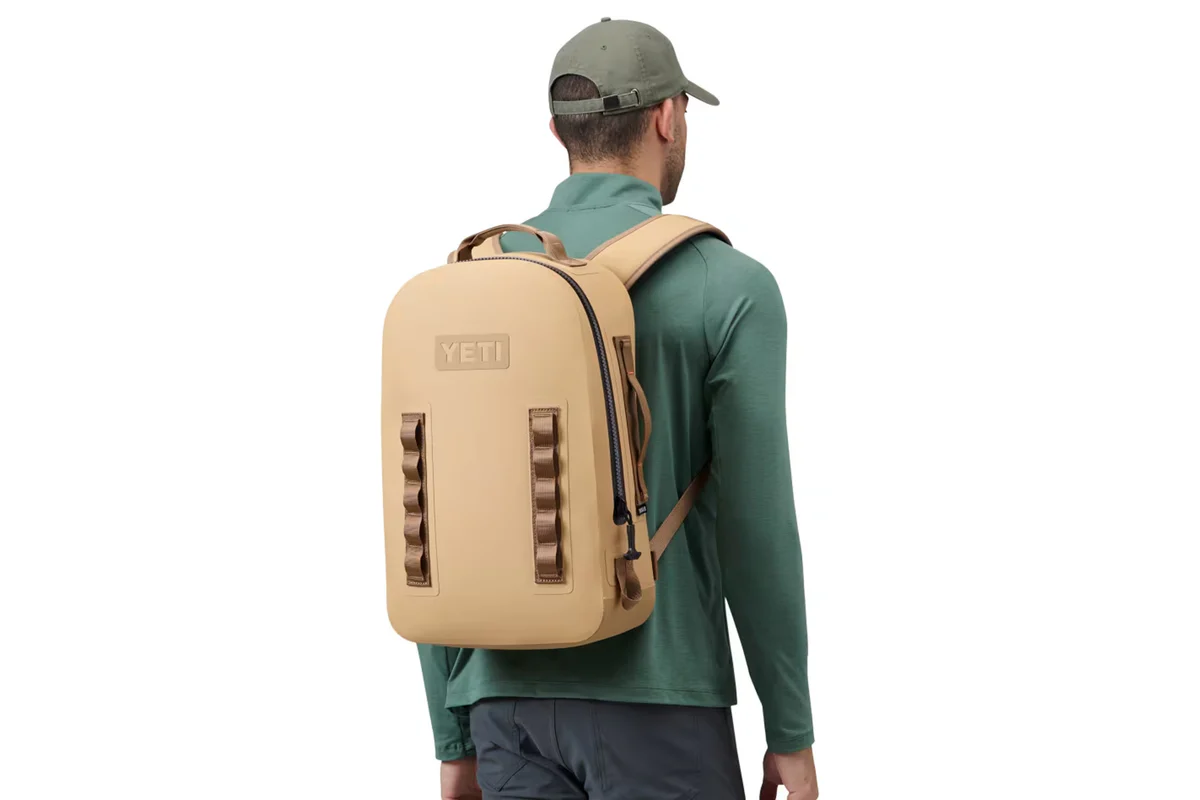
On Boats and Boards: Deck Discipline
Nothing tests gear like open water. Keep the bag clipped to deck lines or frame rails via the lash points; the goal is safe, not tight — a little give avoids shock loads on a wave slap. Position the zipper pull at the top when you’re underway so spray runs off the zip garage. If you’re wading, a quick squeeze on the body before closing the zipper evacuates extra air and keeps buoyancy manageable.
Care & Maintenance: Make It Last for Years
Waterproof gear lasts longest with small habits:
- Rinse after salt: a light freshwater rinse, especially along zipper teeth and lash points, prevents salt creep.
- Dry unzipped: stand the pack open after wet sessions so trapped humidity doesn’t linger.
- Lube the zip (sparingly): a pea-sized dab on a fingertip, run along the track, open/close once, wipe excess.
- Mind the heat: don’t bake it on dashboards or radiators — TPU hates prolonged high temps.
- Store with shape: a light stuff (old towel) keeps the mouth from flattening and the zip from sharp bends.
Shop Yeti Panga 28L Submersible Backpack
Field Scenarios: What Actually Fits (and Why It’s Enough)
Wet-line weekend: waders (rolled), fleece, dry socks/thermals, compact tackle cube, lunch, thermos, micro first-aid, headlamp, phone + battery. Still room for a packable rain shell at the top.
Storm-proof commute: 14″-class laptop in a slim sleeve, notebook, headphones, compact umbrella, lunch box, charger kit, spare socks.
Canyon day: helmet strapped outside, gloves, rope gloves/anchor kit (in a separate liner bag), snacks, emergency bivy, filter bottle. The Panga’s clean shape sits tight to your back when scrambling.
Comfort on the Move: Small Adjustments, Big Energy Savings
- Strap fit: set shoulder straps so the bag hugs your torso; add the sternum strap to stop drift when you sprint for a train or leap off a pontoon.
- Hip belt on demand: buckle for long carries or off-camber terrain; unbuckle in the city.
- Break the seal smartly: after a dunk or heavy rain, wipe the zipper track before opening — it keeps stray grit from riding into the teeth.
Who It’s For (and Who Should Choose Something Else)
Choose the Yeti Panga 28L Submersible Backpack if your life involves real water exposure: paddling, coastal fishing, canyoning, ski-town slush, or bike commutes through moody weather. If you mostly need “rainproof” and want lots of exterior pockets for on-the-fly access, a water-resistant EDC pack may suit you better. The Panga is a fortress; most of the organisation happens inside so the seal stays absolute.
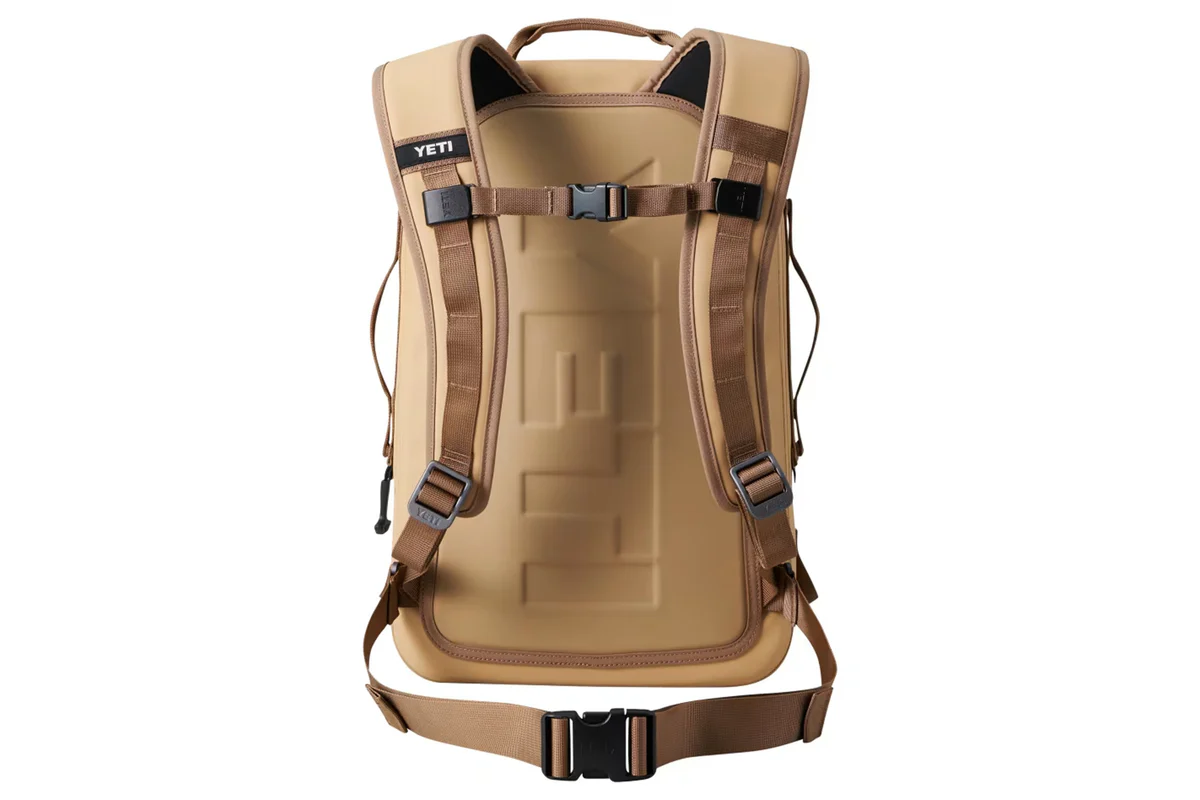
Sustainability Mindset: Buy Once, Beat It Up
Waterproof packs become waste when coatings flake, zips fail, or seams peel. A heavy-duty, repair-friendly build you can rinse, relube, and keep for years is the greener choice in the long run. The Yeti Panga 28L Submersible Backpack leans into that “buy once” logic — fewer replacements, fewer compromises, and less mental overhead every time storms roll in.
Conclusion
Real waterproofing isn’t a feature — it’s a promise that your gear will be dry when you open the bag. The Yeti Panga 28L Submersible Backpack keeps that promise with a brutally tough shell, a lock-tight zipper, clean rigging points, and a carry that feels normal even when the weather isn’t. Pack it like a system, maintain the zip, and stop negotiating with the forecast. Dry gear means clearer decisions — on the river, on the bike, or on a platform under sideways rain.
Shop Yeti Panga 28L Submersible Backpack
FAQ
- Is the main compartment truly waterproof and submersible?
Yes — the sealed main cavity with a pressure-resistant zipper is designed to keep contents dry during full dunks, not just rain. - How stiff is the zipper to use daily?
Stiffer than a normal zip (on purpose). A tiny bit of zipper lube keeps it smooth; you’ll get used to the firmer pull quickly. - Can I carry a laptop safely?
Absolutely. Use a slim sleeve for padding, then pack it flat against the back panel. The fully sealed compartment protects against rain and splash. - Will it float if it falls overboard?
Often, yes — trapped air adds buoyancy. Don’t rely on it as a PFD; clip the pack to deck lines so it never parts ways with you. - What about exterior pockets for quick access?
The Panga prioritises a single sealed chamber for absolute waterproofing. Keep quick-grab items in a small pouch at the top of the cavity or clipped outside in fair weather. - How do I clean and maintain the pack?
Rinse after saltwater, dry unzipped, and apply a pea-sized dot of zipper lube along the track. Avoid prolonged high heat; store lightly stuffed to keep the mouth shape. - Is 28L enough for a full day out?
For most water days, yes: layers, lunch, safety kit, and camera/tech in a cube. For multi-day expeditions, pair it with deck-stowed barrels or duffels and run the Panga as your day-use dry pack.

